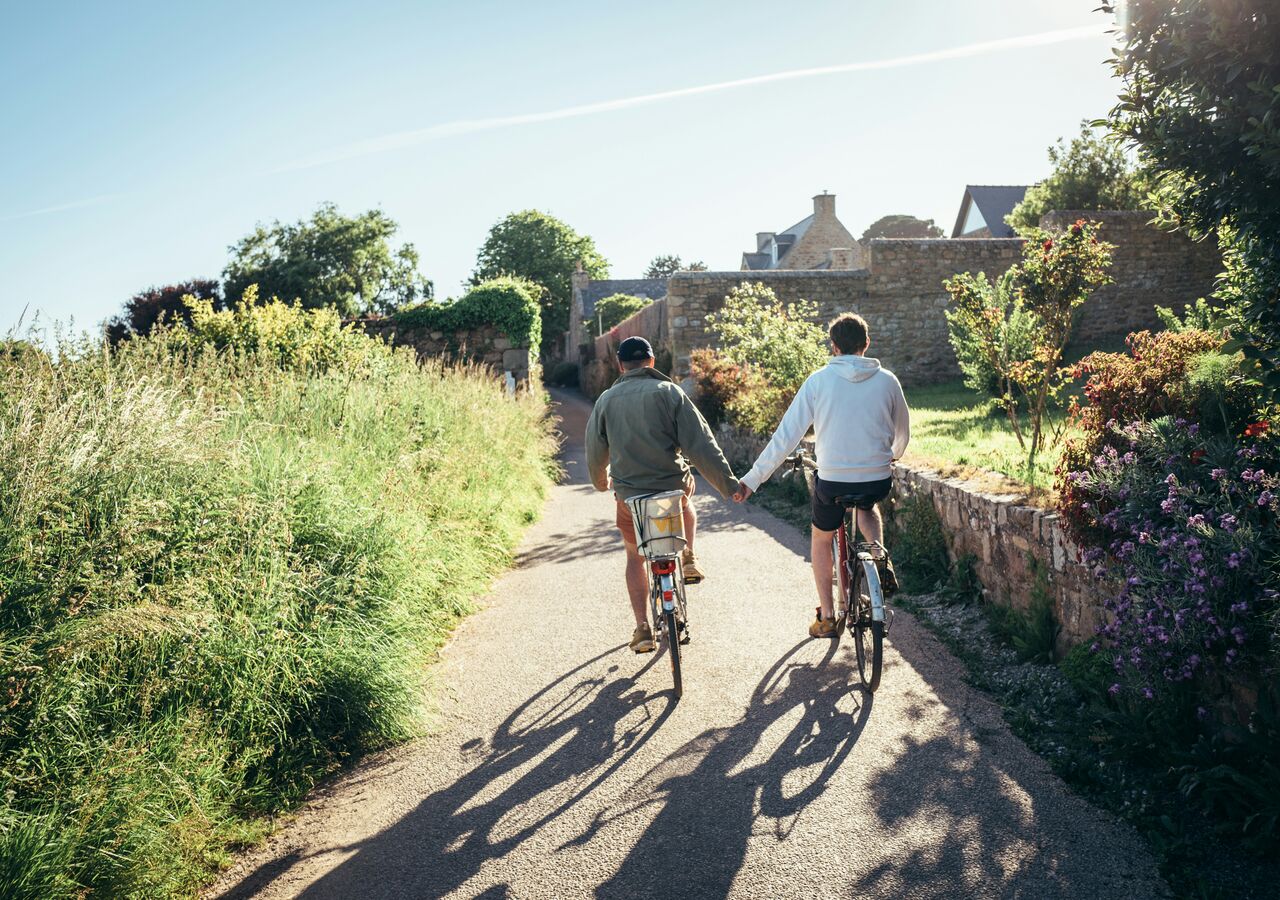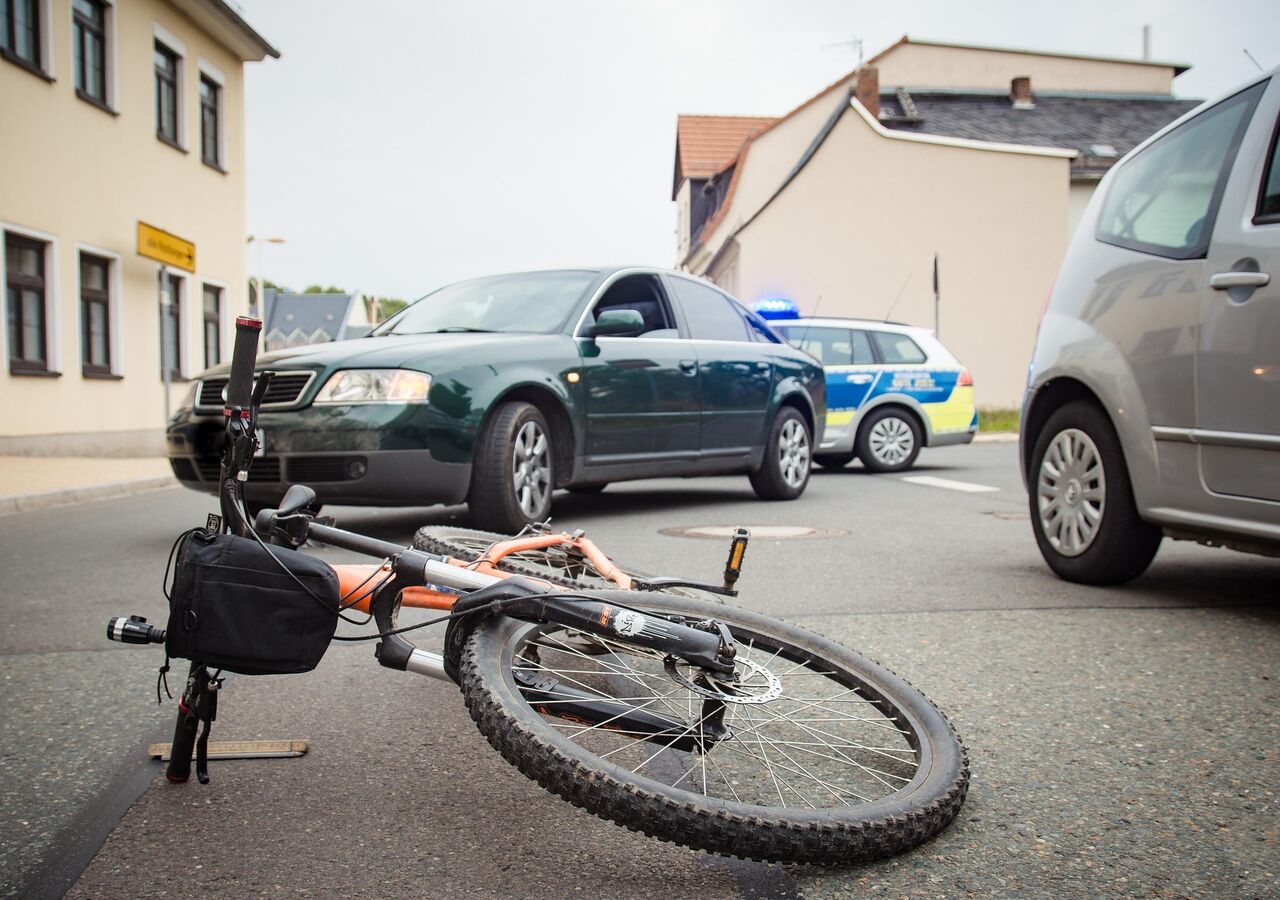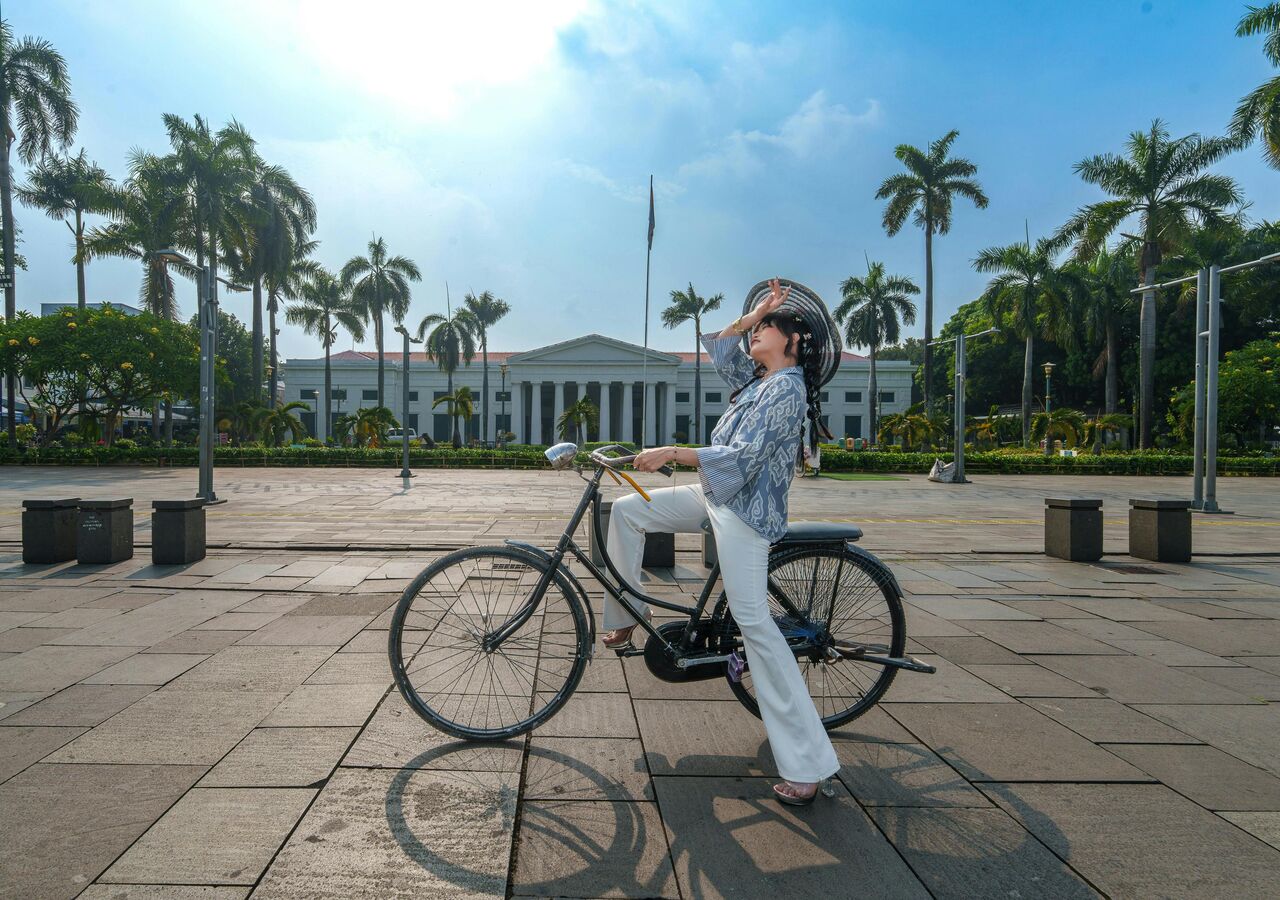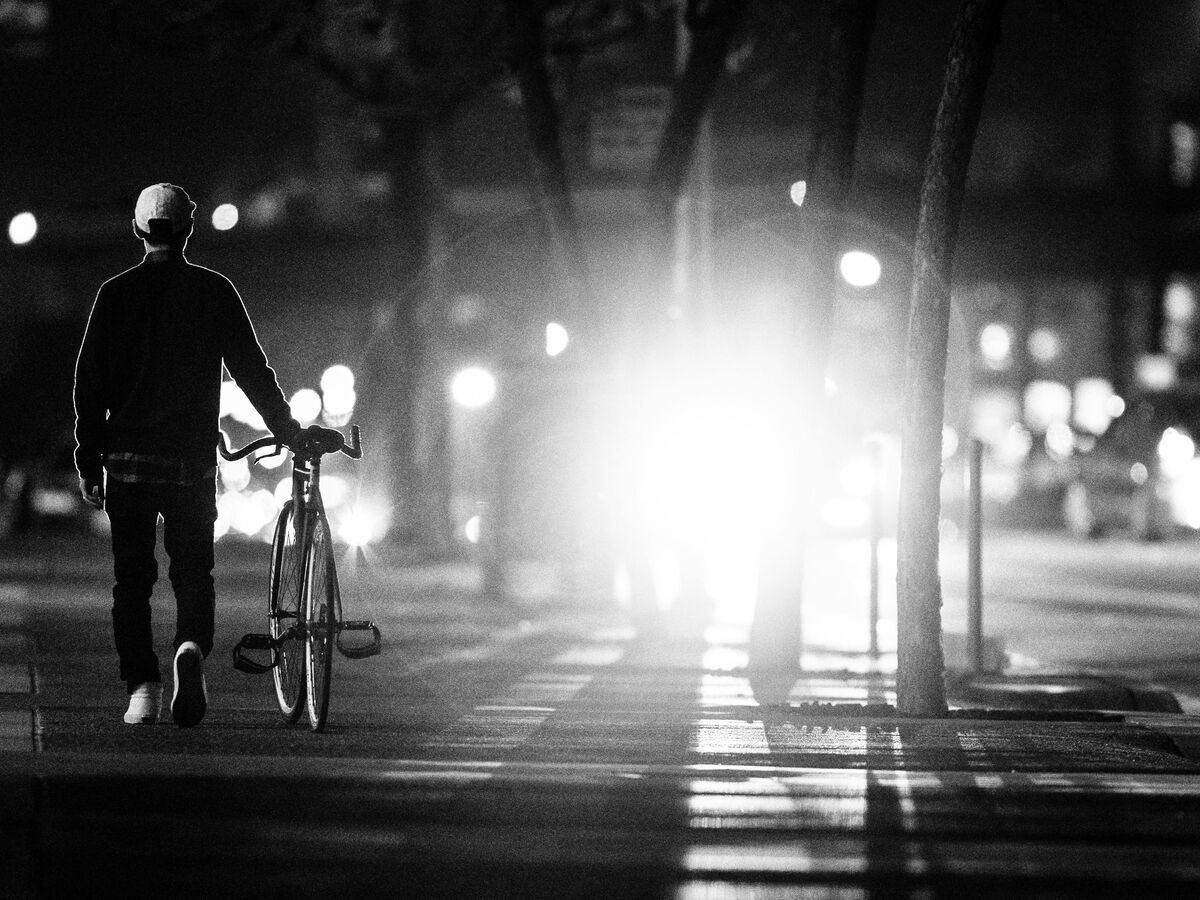Your cart is currently empty!
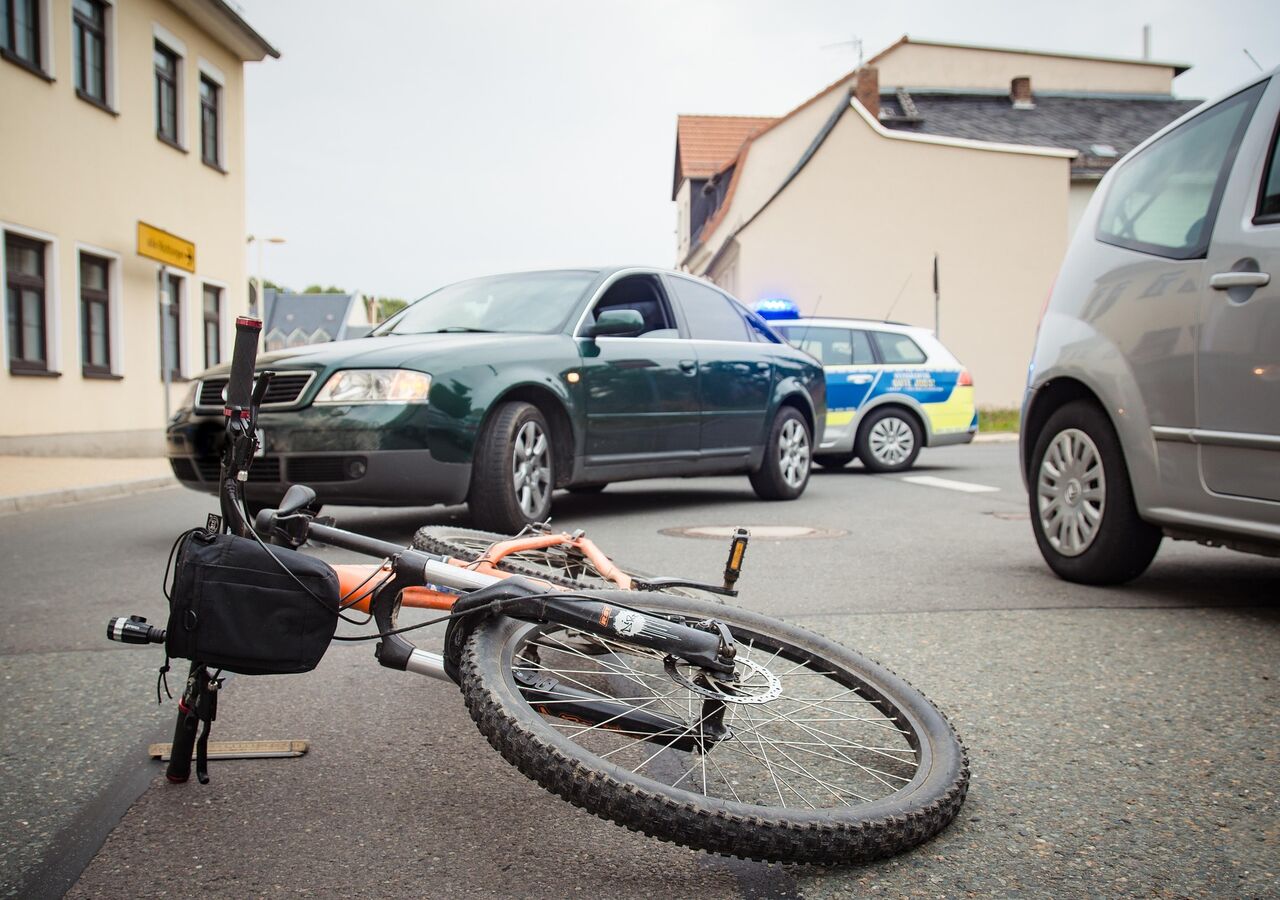
Essential Cycling Gear for Beginners: What You Really Need to Start Riding
Taking the plunge and getting your first road bike, mountain bike, or hybrid is a fantastic step into the rewarding world of cycling. The excitement of hitting the road or trail is immense! However, once you have the bike, you might find yourself facing a seemingly endless array of cycling gear and equipment options. It can feel overwhelming trying to figure out what you actually need versus what’s nice to have down the line. The good news is you don’t need to break the bank or buy every gadget right away to have a great time. This guide cuts through the clutter to focus on the truly essential cycling equipment that will directly enhance your comfort, ensure your safety, and keep you prepared for common situations, allowing you to simply focus on the joy of riding from your very first pedal stroke. While your bike is the core, having the right beginner bike gear significantly elevates the entire experience, and modern innovations, such as integrated light and dashcam units like the TOOOCycling DVR80, are constantly enhancing safety possibilities as you grow in the sport.
The Single Most Important Item: The Helmet
Let’s start with the non-negotiable, the foundation of cycling safety: a helmet. Wearing a cycling helmet is the single most effective thing you can do to protect yourself in the unlikely but possible event of a fall or collision. Head injuries are among the most serious risks in cycling, and a helmet is specifically designed to absorb impact forces, significantly reducing the risk of severe injury to your brain. It’s not just a smart choice for your well-being; in many places, it’s a legal requirement.
When choosing a helmet, prioritize safety standards above all else. Look for certification stickers from recognized bodies like CPSC (in the US), CE (in Europe), Snell, or others relevant to your region – these indicate the helmet has passed rigorous safety tests. Beyond safety certifications, ensuring the helmet fits properly is absolutely crucial for it to function as intended. It should sit level on your head (not tilted back or too far forward), cover your forehead, and feel snug but not uncomfortably tight. The straps should form a V-shape just below your ears, and you should be able to fit no more than one or two fingers between the chin strap and your chin when it’s buckled. While styles and ventilation vary, even a basic certified helmet provides essential protection that shouldn’t be skipped.
Enhancing Your Ride Comfort: Essential Apparel
While you can certainly hop on a bike in athletic shorts and a t-shirt, cycling-specific apparel is designed with the rider’s movement, comfort, and practicality in mind, offering significant advantages especially as your rides get longer. One of the first pieces many cyclists invest in, and often find transformative for comfort, are padded cycling shorts. The integrated padding, known as a chamois, is specifically shaped and designed to reduce friction between your body and the saddle, wick away moisture, and provide cushioning. This drastically increases comfort and prevents chafing, particularly on rides exceeding an hour. For optimal function and hygiene, avoid wearing underwear with padded shorts.
Next, consider cycling jerseys or tops. These are typically constructed from synthetic, moisture-wicking fabrics that efficiently pull sweat away from your skin, helping you stay dry and comfortable throughout your ride, a stark contrast to cotton which absorbs and holds moisture. Cycling jerseys also feature a longer cut in the back to provide coverage while you are leaning forward in a riding position, and critically, they include convenient rear pockets specifically designed for easy access to snacks, a phone, keys, or a small, lightweight jacket. When choosing apparel, opting for bright or fluorescent colors is a simple yet effective way to increase your cycling visibility to other road users, adding another layer of safety by making you easier to spot. For your hands, cycling gloves (available in fingerless for warmer weather or full-finger for cooler conditions and added protection) offer multiple benefits: they improve grip on the handlebars, provide a small amount of padding to absorb road vibration and reduce hand fatigue, and offer crucial protection for your palms in case of a fall. Finally, learning to layer your clothing is an invaluable skill for adapting to changing weather conditions during a ride, ensuring you stay comfortable whether it gets warmer or cooler.
Footwear and Pedals: Your Connection to the Bike
Your feet are a critical contact point with your bicycle, and the right footwear, paired with appropriate pedals, can significantly impact both your comfort and how efficiently you transfer power to the bike. For beginner cyclists, the simplest and often best setup involves using flat pedals. These are the standard pedals found on many bikes and allow you to ride comfortably in any athletic shoe with a relatively stiff sole. Flat pedals are great for learning fundamental bike handling skills, practicing quickly getting on and off the bike, and they offer the flexibility to wear your normal shoes wherever you go.
As you gain experience and potentially look to increase pedaling efficiency, you might consider transitioning to clipless pedals (confusingly named because they don’t use traditional toe clips or straps). This system uses special cycling shoes with cleats that physically attach directly into a compatible pedal mechanism. While they require practice to master clipping in and out, clipless pedals can offer improved power transfer by allowing you to engage in the upstroke of the pedal rotation as well as the downstroke, and they ensure your feet stay securely positioned on the pedals over rough terrain. However, it’s important to understand that clipless pedals are an optional upgrade and by no means mandatory for enjoying cycling; many experienced and avid cyclists happily ride exclusively with flat pedals. If starting out, comfortable athletic shoes paired with flat pedals are perfectly adequate and often the most confidence-inspiring choice.
Prepared for the Unexpected: Basic Repair & Hydration
Even on a short ride close to home, being prepared to handle a common mechanical issue like a flat tire is crucial. Nothing puts a damper on a ride faster than being stranded with a flat! An essential tire repair kit should be a staple in your gear from day one. This kit typically includes two key components: tire levers specifically designed to help you safely pry the tire off the rim without damaging it, and a spare inner tube that matches the size of your tires, or a patch kit with adhesive patches to repair a puncture in your existing tube (while a patch kit is compact, carrying a spare tube is often faster and easier to swap out on the go). You will also need a way to inflate the tire after fixing it – either a compact mini-pump that you can attach to your frame or carry in a jersey pocket, or a CO2 inflator system which uses small cartridges of compressed gas for very rapid inflation (remember to carry spare cartridges!). Crucially, don’t wait until you’re on the roadside to figure out how to use your kit – practice removing your wheel, taking the tire off, and replacing/patching a tube at home first!
Staying adequately hydrated is equally important for maintaining energy, performance, and overall well-being on any ride, especially on longer or warmer outings. Carrying water is essential for preventing dehydration. Most bicycle frames come equipped with mounts for water bottle cages, which is the simplest, lightest, and most common way to carry standard cycling water bottles. Alternatively, a hydration pack worn on your back can carry larger volumes of water via a bladder and hose system, and often includes additional storage space for gear. Choose the hydration system that best suits the typical length and intensity of your rides.
Carrying Your Essentials: Bags and Pockets
Now that you have your basic repair kit, phone, keys, snacks, and identification, you need a convenient and secure way to carry them without impeding your riding. Relying solely on the pockets of everyday pants or jackets isn’t ideal for cycling comfort or keeping items secure over bumps. Saddle bags, which attach neatly under your bike’s seat, are a very popular and discrete choice specifically designed for holding tire repair essentials (spare tube, levers, patch kit, perhaps a multi-tool). They keep weight off your body and ensure your repair items are always with the bike. Small frame bags that fit within the main triangle of your bike can carry slightly larger items like snacks, a phone, or a lightweight jacket. As mentioned earlier, the rear pockets of a cycling jersey are also specifically designed for easy, on-the-go access to items like snacks, your phone, or gels while riding. Choose a carrying solution or combination that fits the length, style, and practical needs of your typical rides.
Securing Your Investment: The Importance of a Good Lock
Finally, protecting your new bicycle from theft is absolutely vital, even if you only plan to leave it unattended for a few minutes. Investing in a good quality bike lock is essential anytime you need to secure your bike in public. Different types of locks offer varying levels of security; it’s important to choose one appropriate for the level of theft risk in your area. U-locks (or D-locks) are generally considered among the most secure for their size and weight, offering good resistance to cutting. Chain locks offer more flexibility to lock around awkwardly shaped objects but can be quite heavy. Cable locks are often lighter and more flexible but offer less security and are generally best used as a secondary deterrent in addition to a primary lock, or only in very low-risk environments. Research theft rates in your area to choose an appropriately secure lock and, critically, learn how to use it effectively – always locking both the frame and at least one wheel to a solid, immovable object.
Conclusion: Focus on Safety and Comfort, Then Enjoy the Ride!
Stepping into the world of cycling doesn’t require you to acquire every piece of equipment on day one. By focusing on a few key pieces of essential gear, you can significantly enhance your safety, comfort, preparedness, and overall enjoyment right from the start. Prioritize getting a properly fitting, certified helmet above all else – it’s your most important piece of protective equipment. Comfortable apparel like padded shorts and a moisture-wicking jersey, preferably in bright colors for better visibility, will drastically improve your ride experience, especially as you spend more time in the saddle. Be prepared for the common inconvenience of a flat tire with a basic repair kit and the knowledge of how to use it, and always carry water to stay hydrated. A convenient way to carry these essential items, such as a saddle bag or jersey pockets, and a reliable lock for securing your bike round out the fundamentals for any beginner cyclist. You don’t need to purchase everything at once; start with these basics centered around safety, comfort, and basic preparedness, and add more gear as you continue to ride and discover what suits your needs and style. The most important thing is to get out there, equipped with the gear that gives you confidence, and simply enjoy the journey of cycling!

